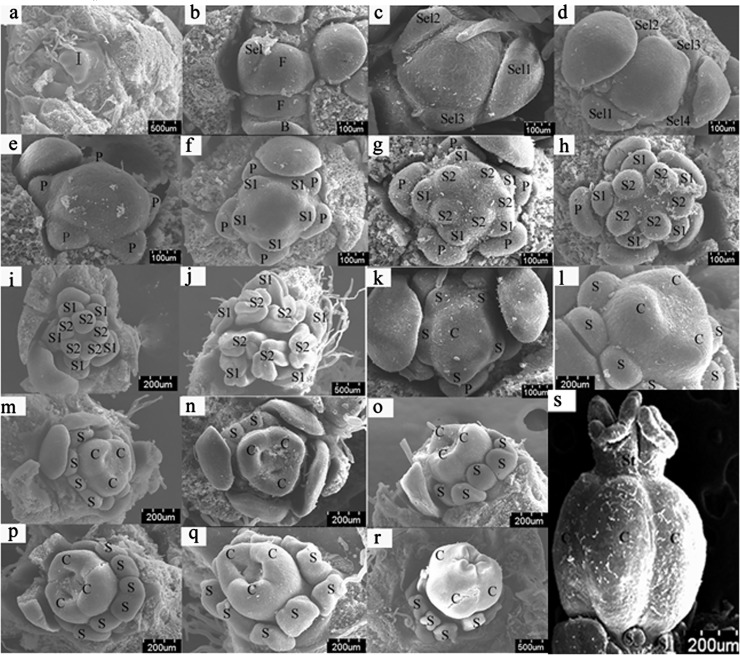Fig 1. SEM photographs (a-s) of Jatropha curcas floral organogenesis.
SEM photographs of Jatropha curcas floral organogenesis. a. Inflorescence primordium. b. Two floral primordia of different sizes initiate in the center of the inflorescence primordium. The first sepal primordium initiates. c. Three sepals of different sizes initiate. d. Five sepals of different sizes initiate. e. Five petal primordia initiate sequentially. f. The initiation of the outer whorl of stamen primordia. g. The initiation of the inner whorl of stamen primordia. h. Stamens of the outer whorl develop faster than those of the inner whorl. i. The developing ten stamens. j. The mature anthers are situated in the abaxial surface (outward anther). k. Carpel primordia initiate. l. Distinct carpel. m-p. Stamens and carpels continue to develop. q. Carpels close gradually, and stamens stop developing. r. In the instaminate flower, the ovary bulges, and the stamens become smaller and degenerate. s. The stamens had degenerated, and the stigma was formed. B, Bracts and bract primordia; C, carpels and carpel primordia; F, floral primordia; I, inflorescence primordia; P, petals and petal primordia; S1, the outer whorl of stamens; S2, the inner whorl of stamens; Se1~Se5, the first sepal, the second sepal, …, the fifth sepal (according to the order of initiation), respectively; St: stigma. Stage 1 (S1): from a to e; stage 2 (S2): from f to h; stage 3 (S3): from i to j; stage 4 (S4): k-l; stage 5 (S5): from m to p; stage 6 (S6): from q to s (S6-1: q, the carpels began to fuse; S6-2: r, the carpels were fused; S6-3: s, the stigma was formed.) (Fig 1s is from “Liu H, Deng Y, Liao J (2008) Floral organogenesis of three species of Jatropha (Euphorbiaceae). Journal of Systematics and Evolution 46 (1): 53–61.”).

